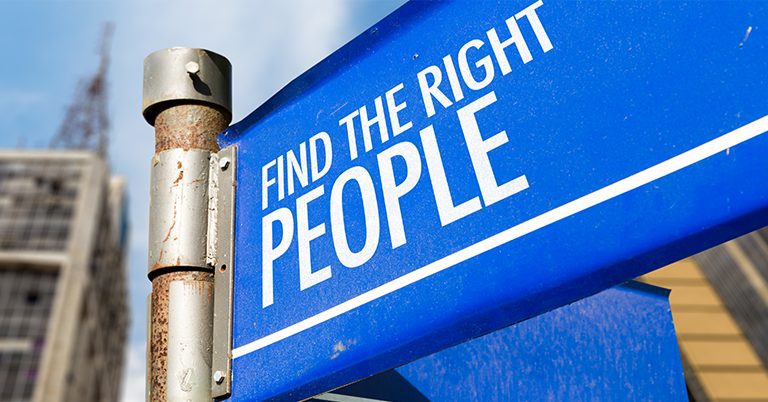All of the world, especially big tech firms, were generally lame in responding to the threat of the coronavirus. Sure, we had Zoom to keep the fortunate ones among us working and Netflix to ensure that we all remained sane. But the fact of the matter is that the pandemic has rather grossly unearthed the limitations and impotence of some of the richest companies in the world around us.
The period has not been rather becoming for Silicon Valley employees either. Over 69,000 employees working in startups in America have been laid off. A majority of those laid off belonged to Silicon Valley, and it is very unlikely for them to land their next job in the same residence or state even.
This will mean that a number of talented individuals will now be dispersed across the country. Over 50,000 talented individuals working for startups in Silicon Valley will now be forced to move to other states and places of employment.
In this article, we look at the corporate impact of the COVID-19 pandemic and how the right staffing strategy can help organizations over the world recover from the massive crisis.
Measuring the Corporate Impact
There is also a strain on the corporate side of America’s economy. The second quarter of 2020 saw the steepest decline in economic output on record. The 9.5 percent decline in economic output is the steepest ever recorded within the United States. Initially, the first quarter of 2020 had seen a 2 percent drop in economic output, breaking a chain of positive economic output increases from 5 years.
Since record-keeping started in the United States from 1947 onwards, the GDP never exceeded a drop of more than 3 percent. The picture right now is quite dull, which can be illustrated through the following problems plaguing the country as of now:
Employment
Restrictions imposed as part of the lockdown have been nothing short of the last nail on the coffin for most struggling businesses. Businesses that already had issues with profitability were drained because of the economic restrictions and had to either shut down operations or call for bankruptcy.
Current stats suggest that well over 50 million people within the United States are still out of the workforce. Restrictions still continue in most parts of the country because the number of recorded cases and deaths are still a worry for the administration. Unemployment claims from across the country reveal that new unemployment numbers have exceeded 1 million for the 19th week on the trot.
Consumer Spending
Interestingly, consumer spending makes up over two-thirds of the total United States economy. Consumer spending is what drives businesses towards working at full operations and ensuring that consumer demand is met at all hours.
Interestingly, consumer spending sank by the sharpest rate among all metrics – declining by over 12 percent during the second quarter. The CARES Act ensured that homeowners suffering the brunt of the COVID-19 pandemic received weekly payments of $600 each. However, these payments expired at the end of July 31, and we cannot expect them to be renewed any further.
The Right Staffing and Management Strategies to Help
Trust and Empower People
Managers from small and medium-sized enterprises have had the most to learn during this COVID-19 lockdown and remote working situation. While most small business owners and managers are skeptical of trusting and empowering employees so early in the business, they had to do so nonetheless when push came to shove last year.
Many business owners may have previously been doubtful of whether their employees can be trusted enough with remote work or not. However, with results from the lockdown and remote work in front of us, the skepticism and the barriers to trust might just be things of the past.
Now that you have taken the initiative, it is necessary that you empower people further and trust them with their work. The large majority of employees want to repay your trust and give their best. Those who require micro monitoring would be easy to identify.
Read : How to Track Employees Performance
Re-evaluate your Growth Strategy
Regardless of the industry you operate in or the kind of business you are in, it is necessary for you to have an articulated strategy for the future to come.
Strategy is necessary for small businesses, as it determines your choices at the end of the day. Where do you want to invest all your capital? Where do you want to be in 5 to 10 years? And, what kind of team values do you want to set? These are all goals and answers you get through strategy.
Questioning your strategy can also help take you a long way during this pandemic. Regardless of how it has been, you can step back and question whether your business model is sustainable and suitable for the situation we find ourselves in right now?
Following every disaster or downtime, it is necessary for business leaders and directors to clarify all that is important to them.
Avoid Career Fairs and Go Digital
We don’t know how long the aftermath of the COVID-19 situation can be expected to last, but what we do know is that for a good 2 to 3 years, university career fairs will be treated the same way as cabs or taxis. Career fairs won’t stop existing, but they sure will be a dwindling market.
Most of the new graduates will be hired virtually, while on-campus drives and booths will generally decrease. Social distancing measures will lead to this change, but we can also hold the lack of new job opportunities as the reason behind the dwindling interest of firms toward these fairs.
The COVID-19 pandemic has been particularly tough for organizations in the corporate world. However, with the right staffing strategies, organizations can combat the impact of the pandemic to reach new heights. Programmers team hopes that you find the information in this article helpful and can act upon it in future.




